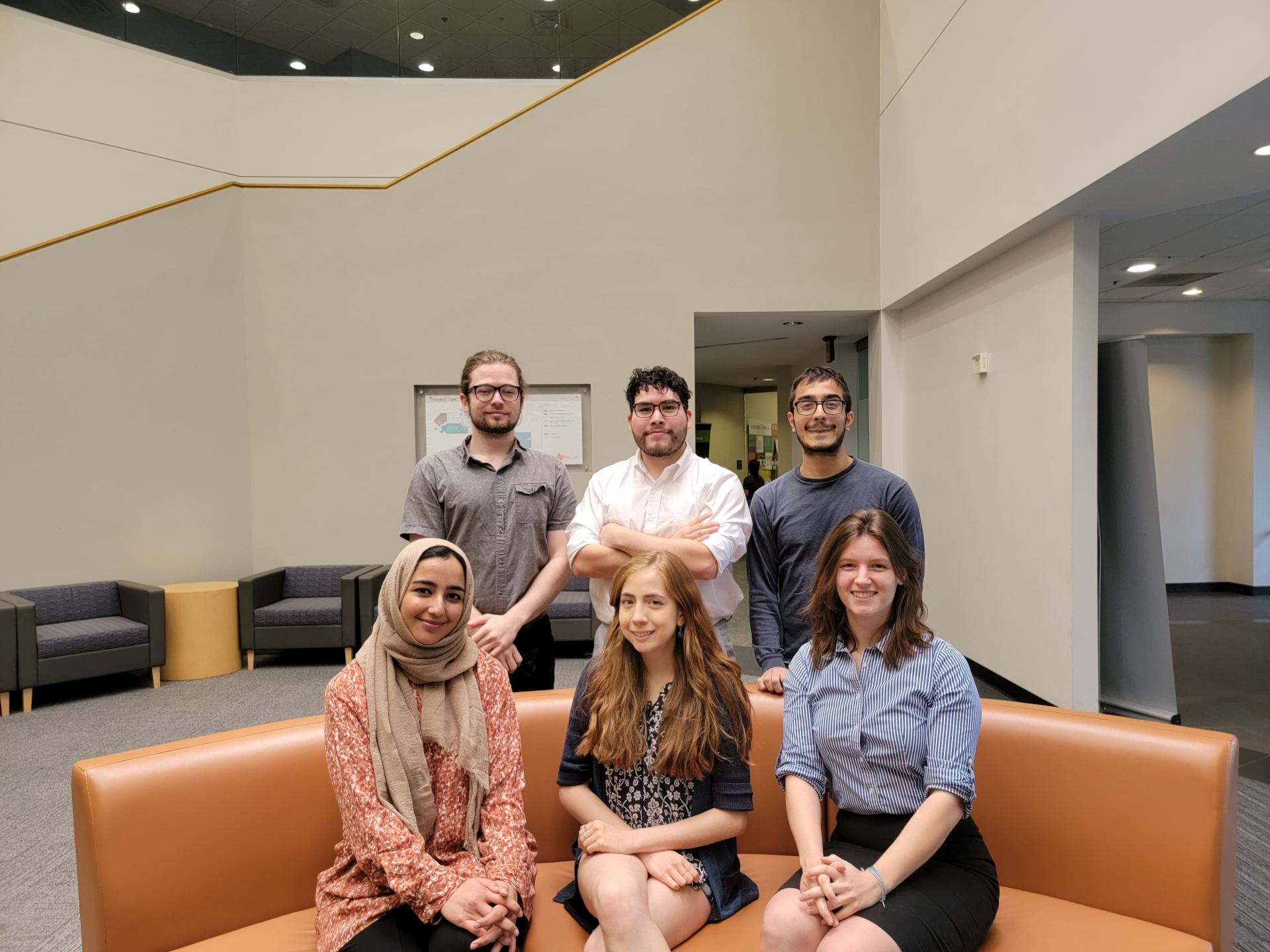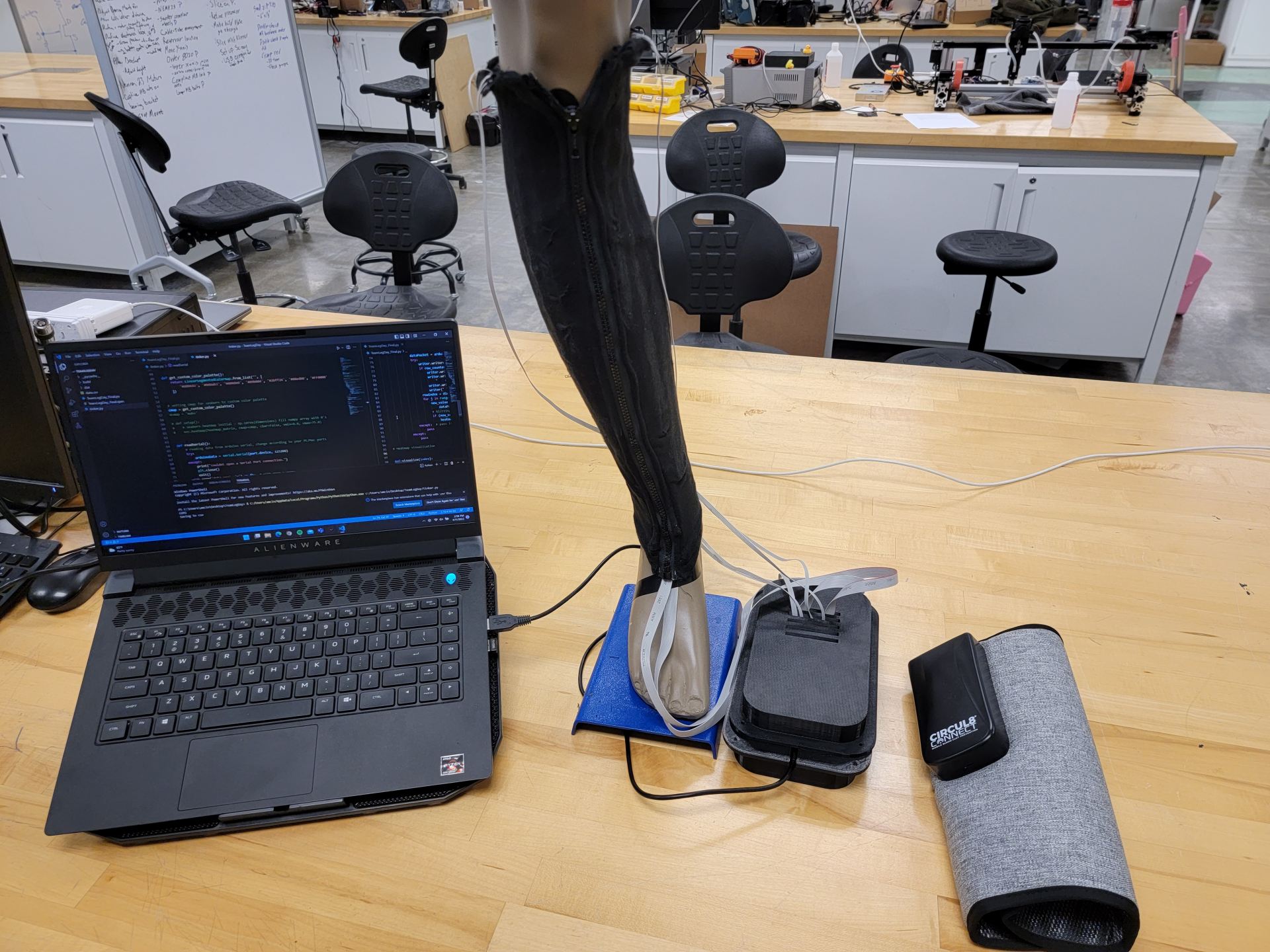How This Team is Contributing to the Future of Healthcare
July 13, 2022

According to the Centers for Disease Control and Prevention, pulmonary embolisms and deep vein thrombosis (DVT) kill about 100,000 Americans each year. Deep vein thrombosis occurs when a blood clot (thrombus) forms in one or more of the deep veins in the body, usually in the legs. A serious case of DVT could result in a pulmonary embolism, which is when the blood clots in the veins break loose and travel through the bloodstream, then to the lungs where they get stuck, thus restricting blood flow.
The absence of preventive measures could result in fatal DVT or pulmonary embolism cases. Fortunately, the emergence of more advanced medical devices made possible through med-tech companies such as Ortho8 are significantly reducing mortality rates associated with such conditions. Ortho8 has been developing and researching class-2 medical devices that aid in the prevention of the formation of a deep vein thrombosis in both post-trauma and post-operative patients. Their devices assist in regulating blood flow (particularly in the calf region of the leg) and this is facilitated through the application of external pressure on the leg.
The major challenge with the development of this solution is with knowing the right amount of pressure to apply for the intended location. Typically, Doppler ultrasounds are used to show the movement of blood through the blood vessels. However, repeatedly conducting this kind of imaging test can be quite expensive. Moreover, the process of receiving FDA approvals for a device can be quite lengthy. To offset some of these problems associated with device trials, there was a need to develop an internal testing method to ensure that the device will perform optimally.
A team of six Bioengineering and Mechanical Engineering seniors at the Erik Jonsson School of Engineering and Computer Science (at the University of Texas at Dallas) were tasked by Ortho8 to develop a unique solution to solve this problem. Every year, engineering and computer science students at UT Dallas go through an intensive, hands-on capstone program called UTDesign Capstone. The program gives seniors an opportunity to provide a technology-based solution to a pressing real-world problem an organization may be facing. For Ortho8, that solution was creating a surrogate leg to measure externally applied pressure.

The students (Roger Decker III, Alyssa Rios, Edgar Acevedo, Andria McIntyre, Abbas Rizvi and Aamna Ahsan), collectively known as “Team Leg Day,” developed a method by which the pressure could be tracked and visualized. A two-dimensional grid-like structure was designed to provide accurate live updates that reflect the pressure level and concentration when said pressure is applied to a mannequin leg. Each node in the pressure grid is color-coded for ease of visualization. With the implementation of a color gradient, the user is able to highlight desirable and undesirable pressure ranges.
With a clearer picture of pressure levels, Ortho8 will ensure that their devices regulate blood flow with much more precision and the chances of critical cases of deep vein thrombosis or pulmonary embolism will gradually decline.
Team Leg Day’s success in delivering an effective result for project sponsor Ortho8 was recognized at the Spring 2022 Bioengineering and Mechanical Engineering Capstone Design Expo. The students won the 1st place award for Biomedical Engineering Application and then went on to receive another 1st place award at the 2022 Capstone Design Conference held in June.

Revenue from the Medical Technology market is projected to reach US $523.50bn by the end of 2022. As the Med-tech field continues to grow in the U.S and around the world, there will be a greater demand for skilled engineers who can provide revolutionary solutions to complex healthcare problems.
Programs such as the UTDesign Capstone are a training ground for such technical talent. By sponsoring a project, corporations across science and technology fields gain access to a pool of young innovative minds. The program also provides a unique opportunity for mentorship and community engagement.
Want to design the future with UTDesign participants? Connect with our team here.